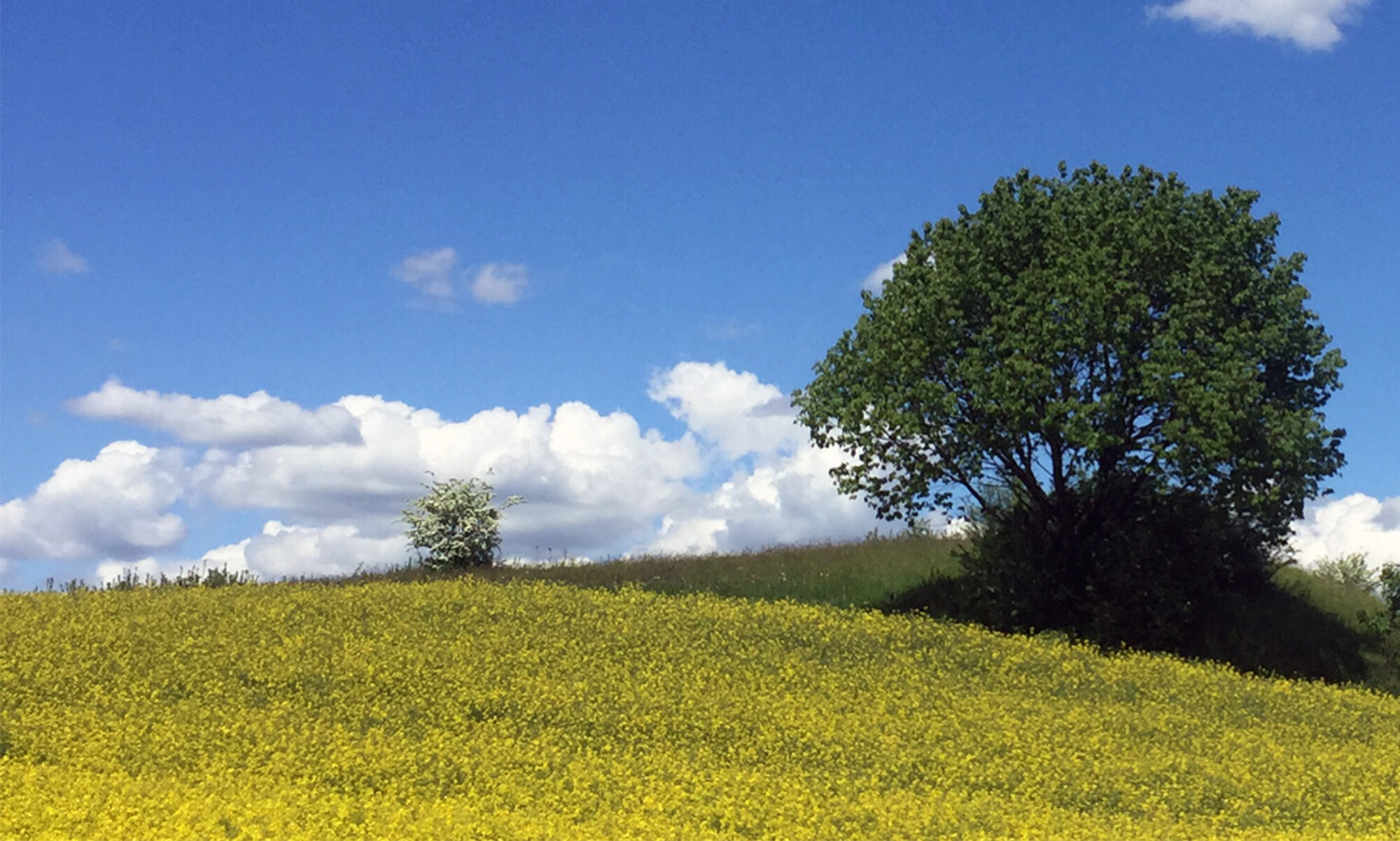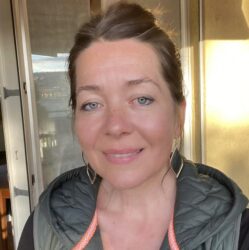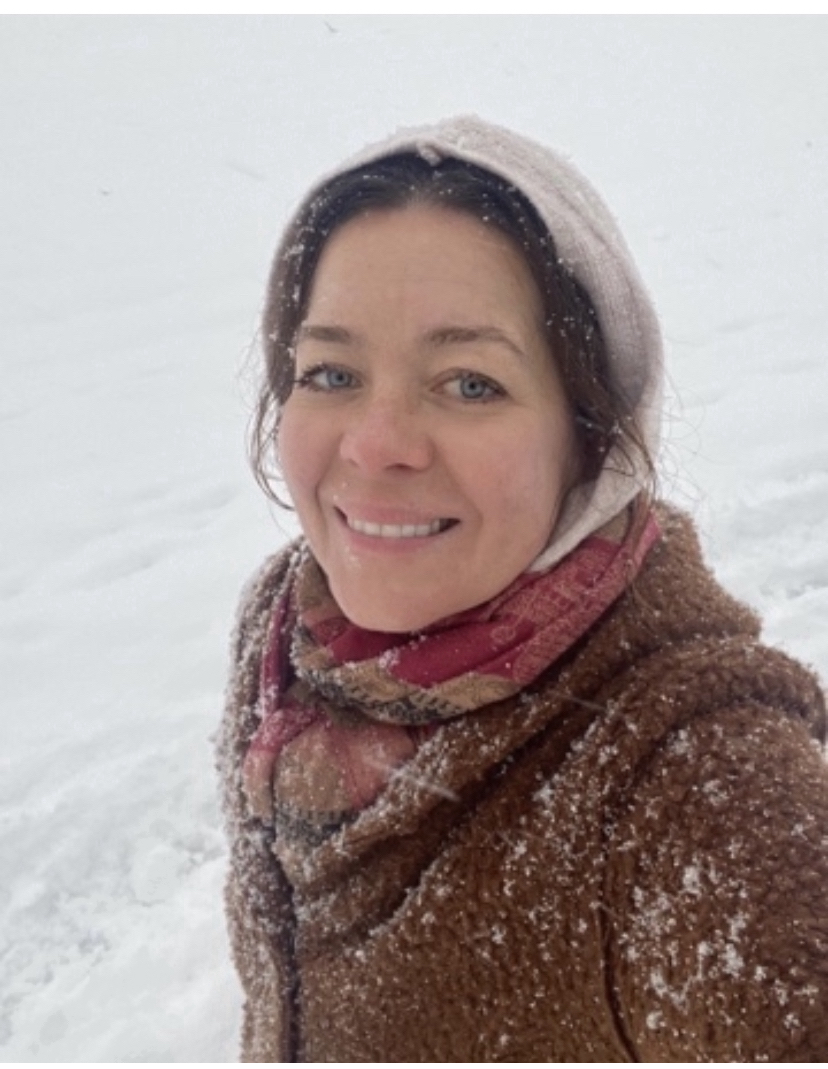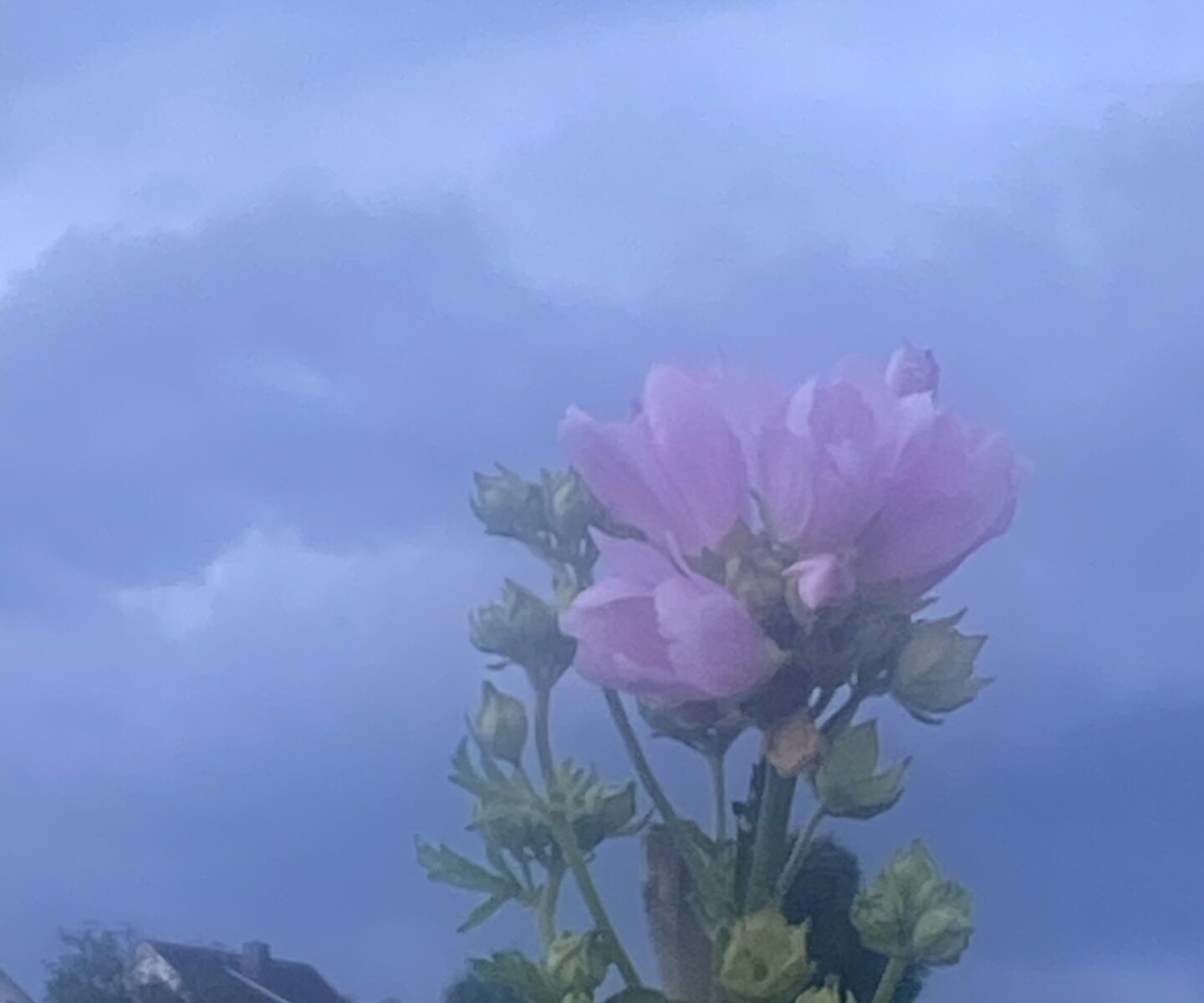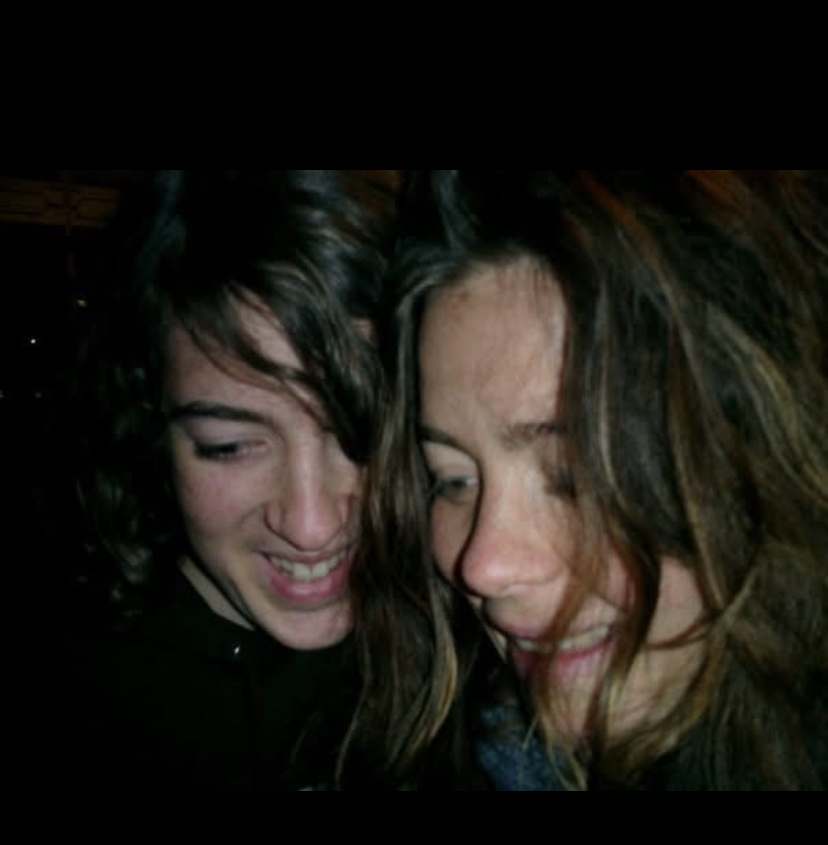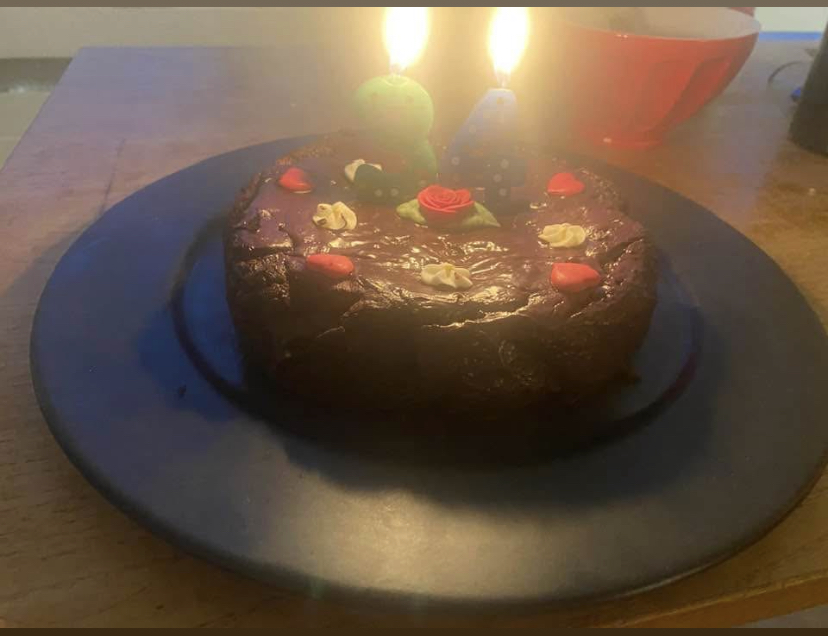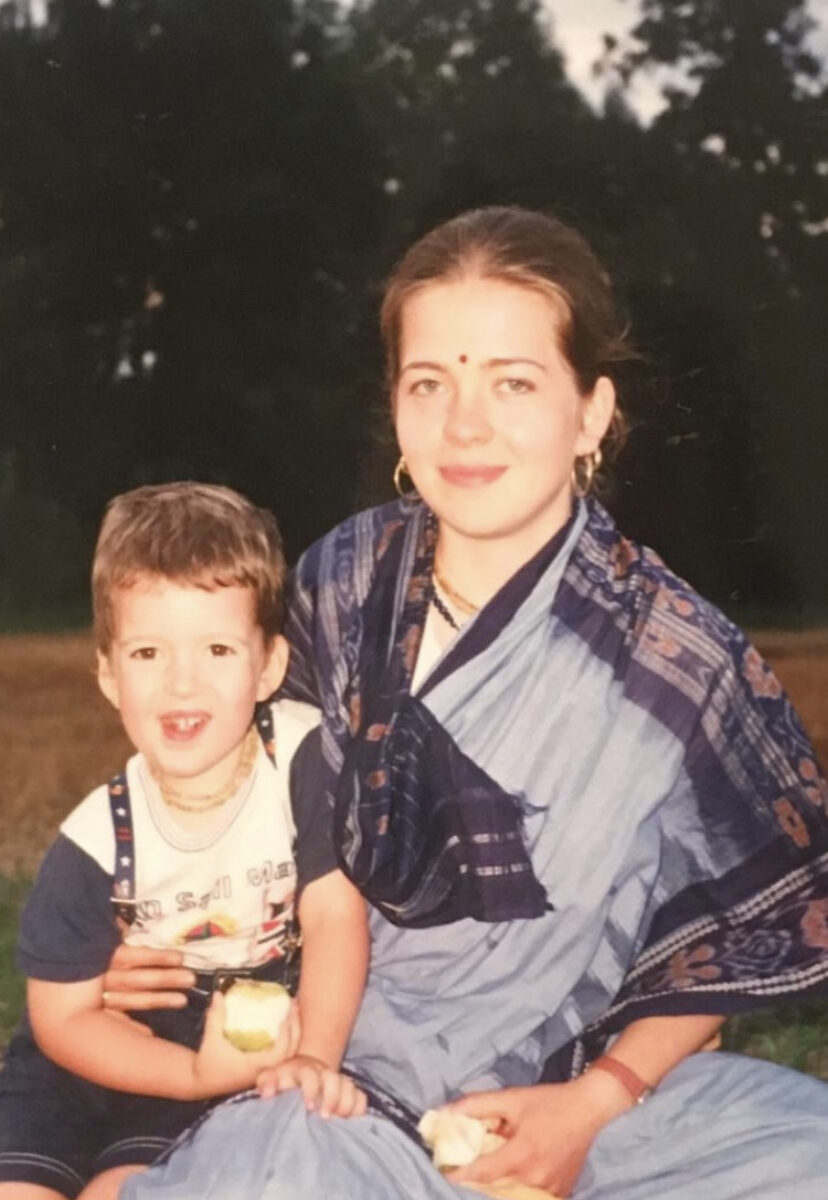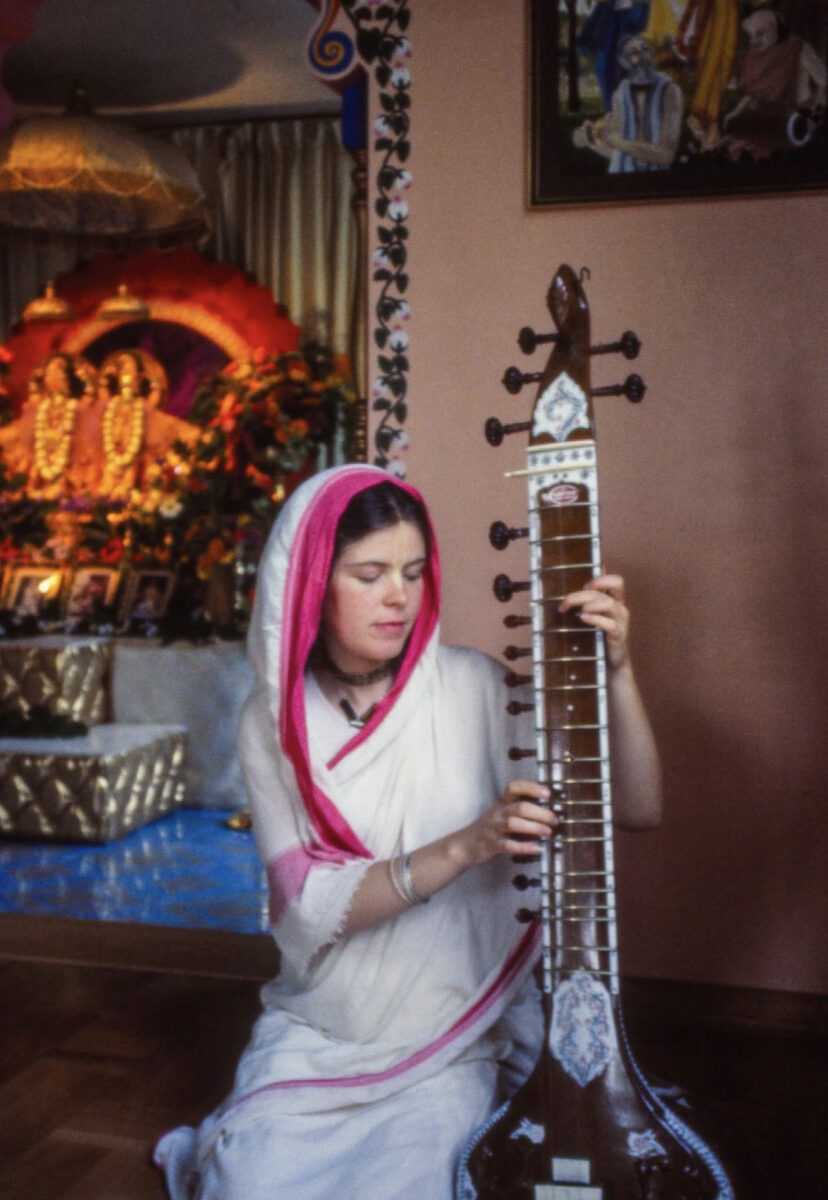I have often written about the same issues in my blogs. The reason is simple: I had to work through them myself, again and again. At one point I had to stop lying to myself and see things clearly — to ask why I kept repeating the same patterns.
I see this very clearly in someone I used to know well. She would call me regularly, and already when I saw her name appear, I felt hesitant. The conversation would always start with an interrogation about me — how I was, what I was doing. But I never called her, and I rarely shared anything personal. Why? Because whenever I did, she would use it as fuel, as if we were suffering buddies.
Then the loop began: money problems, her ex-husband the narcissist, fights with her son, how unfair life was at work, how people bullied her, how her body was failing her. Always the same cycle, year after year. She would even send me photos of men she hoped would “finally” be the right one — but of course there was always a problem in the end.
Whenever I offered advice, she answered: “Yes, I know.” But if she truly knew, why didn’t anything change? Instead, she would go back to old stories, sometimes even about me from ten years ago, as if to prove that I had been just like her.
I realized she wasn’t looking for solutions. She just wanted someone to absorb her stories. I don’t judge her — I’ve been there myself. I used to drain people by repeating my own stories until they pulled back from me. But I also know: as long as we lie to ourselves, nothing changes.
Here are the most common lies I see — in her, in myself back then, and in many of us:
Lie #1: “If I tell my story often enough, it will help me feel better.”
Truth: Retelling a painful story over and over only keeps the pain alive.
Shift: Move from endless storytelling to asking, “What’s my next step?”
Action: Limit “problem talk” to 5 minutes, then switch to solutions.
Lie #2: “Other people are always the problem — my ex, my child, my team, my body.”
Truth: The common denominator in all your experiences is you — and that’s where your power is.
Shift: From “Why are they doing this to me?” to “What am I believing about myself that keeps this pattern alive?”
Action: Use Byron Katie’s first question: “Is it true?” on every assumption about others.
Lie #3: “I know all this already.”
Truth: Knowing is meaningless without doing. If your life hasn’t changed, there’s something you haven’t applied.
Shift: From “I know” to “I’m willing to learn and apply.”
Action: Every time you say “I know,” pause and ask, “Then why am I still in this situation?”
Lie #4: “Talking about other people’s problems is harmless.”
Truth: Gossip and story-swapping is an avoidance strategy — it distracts from your own work.
Shift: Bring the focus back to yourself.
Action: When tempted to talk about others, ask, “What am I avoiding in my own life right now?”
Lie #5: “It’s normal to only understand certain things when you get older.”
Truth: Growth isn’t automatic with age — it’s a choice.
Shift: From waiting for wisdom to actively creating it now.
Action: Pick one recurring problem and decide on one concrete action to shift it this week.
It’s not about blaming ourselves. It’s about being radically honest. The moment we stop lying to ourselves, we stop being victims of circumstance. We step out of repeating loops and step into change.
